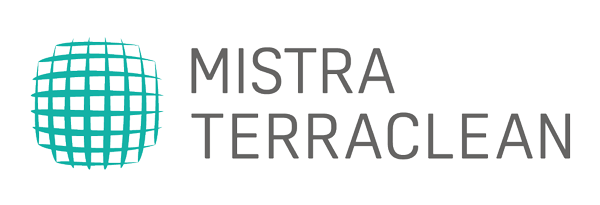WP3 will provide (eco)toxicological (ecotoxicity and human health related toxicity) input into various aspects of the projects integrated delivery of smart, flexible and effective filtration materials, fit for manufacture and testing in various societal situations. Life cycle assessment (LCA) of potential environmental impacts and a risk assessment of hazards to humans and the ambient environment will be performed and documented. The work will also support the design and interpretation of results from a variety of case studies addressing individual issues of environmental pollution and human safety, in relation to national standards and future environmental aims. Based on learnings from phase I, an appraisal process will be developed including internal project trainings to facilitate information flows within the programme. Results will be communicated to problem owners and policy makers at outreach activities such as seminars, when applicable co-arranged with WP4.
Over the recent years, tools and methods for environmental and human health assessment have been further developed within Mistra TerraClean as well as in other contexts. Examples that bear relevance for phase II are life cycle impact assessment (LCIA) models on (eco)toxicity that are being further advanced in Global Life Cycle Impact Assessment Method (GLAM), based on the outcomes of the UNEP SETAC Life cycle initiative; a life cycle based, high throughput, chemicals assessment toolbox under development in Mistra SafeChem; EU Environmental Footprint reference packages (EFP) 3.0; and the relatively new method for ProScale, assessing the toxicological potentials of product systems in a life cycle perspective.
An overview or the different tasks is found in Table 3. It is important to start with appraisal process development to fine tune the proposed tools and, if needed, reconsider the choices. Aligned to the procedures developed in phase I, a two-tiered approach is proposed for environmental and human health assessment:
- Tier 1 on material/devices developed in WP1 and identified as relevant for further assessment in task 2.3 (low TRL)
- Tier 2 in case studies as identified in task 2.3. If case study materials/devices selected for tier 2 have not gone through tier 1 an adapted process for initial screening is needed. This is done together with WP2 toll-gating functions in task 2.3.
The different proposed tools for the assessments are presented in Figure 4. They are similar to the ones used in phase I, where they proved to be very useful for the purposes of the project. The different materials and device research teams had dialogues with their project colleagues, who performed screening cradle-to-gate LCAs and toxicity assessments based on their inputs and literature studies. The material researchers were fed-back valuable information regarding hot-spots for environmental impact risks of the production of their filters or devices and could act on that at an early stage. The life cycle perspective in phase II is still included in tier 1, in screening LCAs or further simplified approaches. For tier 2, more extensive LCA studies are appropriate also taking a cradle-to-grave perspective. Economic and toxicological effects are also studied in more depth than for tier 1. CSPs provide the data they generate in their specific cases to be used for analysis in WP3.
WP3 Leader: Hanna Holmquist, IVL
WP3 Deputy Leader: Jutta Hildenbrand RISE
